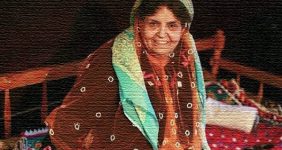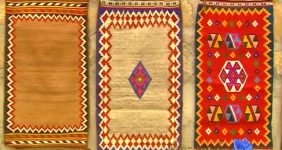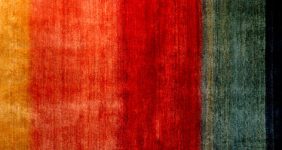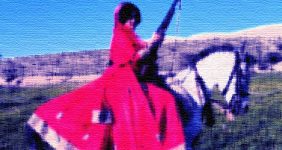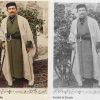Qashqai Rugs – Part One(1)
The Art of the Qashqai Tribe and the Characteristics of Qashqai Rugs
Part One
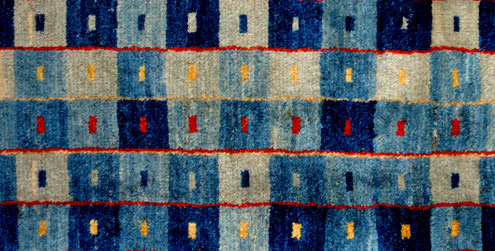
The handwoven crafts of the Qashqai tribe represent their history, philosophy, and art. Their talented designers draw upon the thoughts and ideas of hundreds of artists who have endured political, economic, social, and religious pressures with patient and Sufi-like spirits.
A Qashqai rug weaver is not a painter, but rather an artist who paints their inner feelings about nature. She is not bound by geometric shapes. Throughout centuries of artistic and historical tradition, she has avoided symmetrical lines and perpendicular angles, instead preferring the twists, turns, and the unknown.
The fine and soft wool of Qashqai sheep is what has made their rugs so famous. While many examples of rugs from the Achaemenid, Parthian, Sassanid, and Islamic periods are displayed in major museums around the world, and Safavid-era weavings adorn them, the Qashqai rug is a testament to the latest advancement in this national art form.
The prestige and fame of Qashqai rugs can first be attributed to the quality of their wool. This high-quality, soft wool comes from sheep that graze in temperate climates and on lush pastures. This ensures that the wool fibers are not affected by extreme changes in weather, such as intense heat or cold, which would make them dry, light, and brittle, allowing them to maintain their softness. The quality of the wool also depends on the type of animal, the time of shearing, the sheep’s living environment, the minerals in the water used for washing the wool, and the consistency and purity of the plant-based dyes. Good wool can become as soft as silk after a century.
Before anything else, the fine fibers that the tribal women choose for weaving are washed in spring or river water. They then patiently spin them. For dyeing, they carefully clean the necessary plants, making sure they are free of foreign matter. The yarn is then mordanted as needed to set the color. To ensure the color is permanent, they soak the yarn for several hours in clear, running water. Once they are sure the yarn is clean, they dry and twist it by hand, thinking of the strength these fibers must have to withstand centuries of being moved and used.
Another factor that has contributed to the fame and reputation of Qashqai rugs is the type of dyes they use. They know that chemical and synthetic dyes are unstable, harsh, jarring, and unpleasant. Therefore, they use colors that retain their brilliance and luster for years.
Qashqai women have learned from experience that synthetic dyes have a lifespan of less than a hundred years and may bleed or fade. However, if vegetable dyes are set correctly and completely, they will remain permanent forever, and even sunlight will not destroy their color. This is provided that care is taken in selecting the right type of plant for color fastness and permanence. For example, madder from a cold region and a hot region will affect the color differently. These experienced women determine the amount of plant materials to use, and by adjusting them and changing the mordants, they create a world of beautiful colors.
It’s also important to remember that using color in the background, medallions, corners, and borders requires expertise, and the placement of each color for maximum effect must be determined in advance. Although the type of dyeing is somewhat uniform across the entire tribe, some clans and sub-tribes have exceptional colors. For example, a peacock color (a special gold), a straw yellow, and a red yogurt color are each exclusive to a specific tribe or group.
This site is about Qashqai folk who live in Iran. We hope you enjoy. Everybody is invited.

